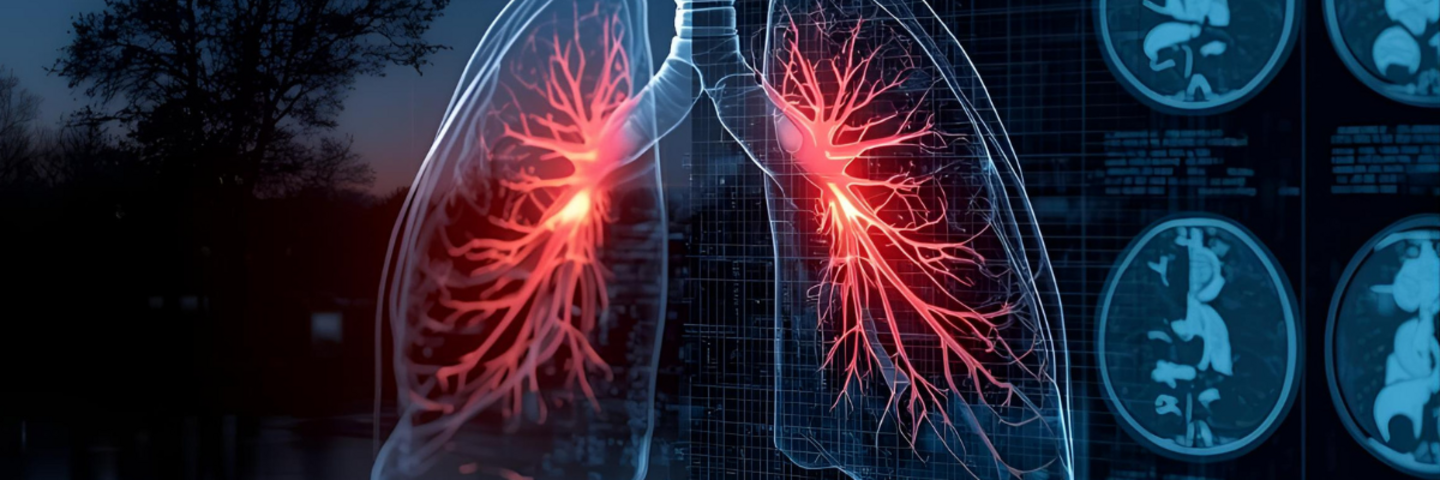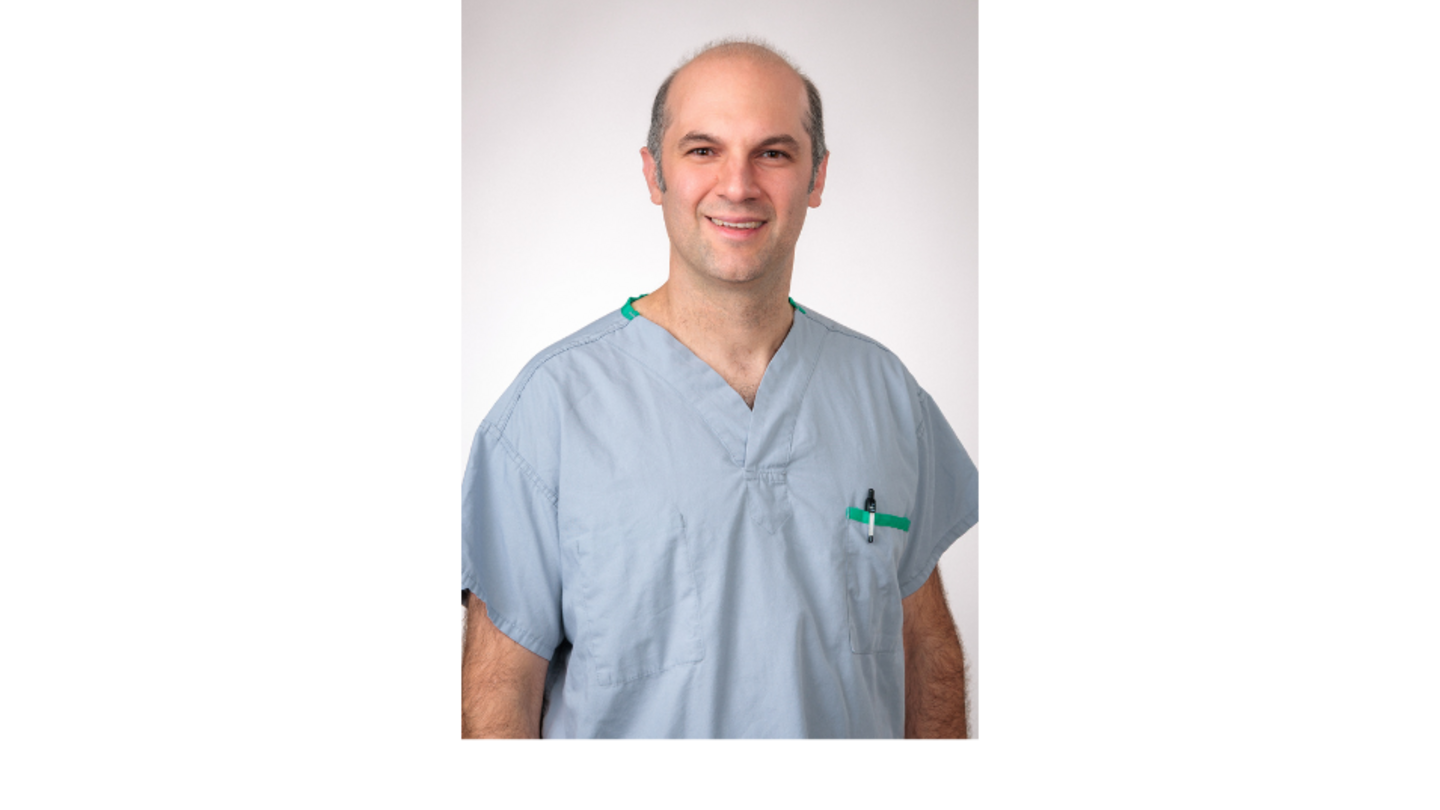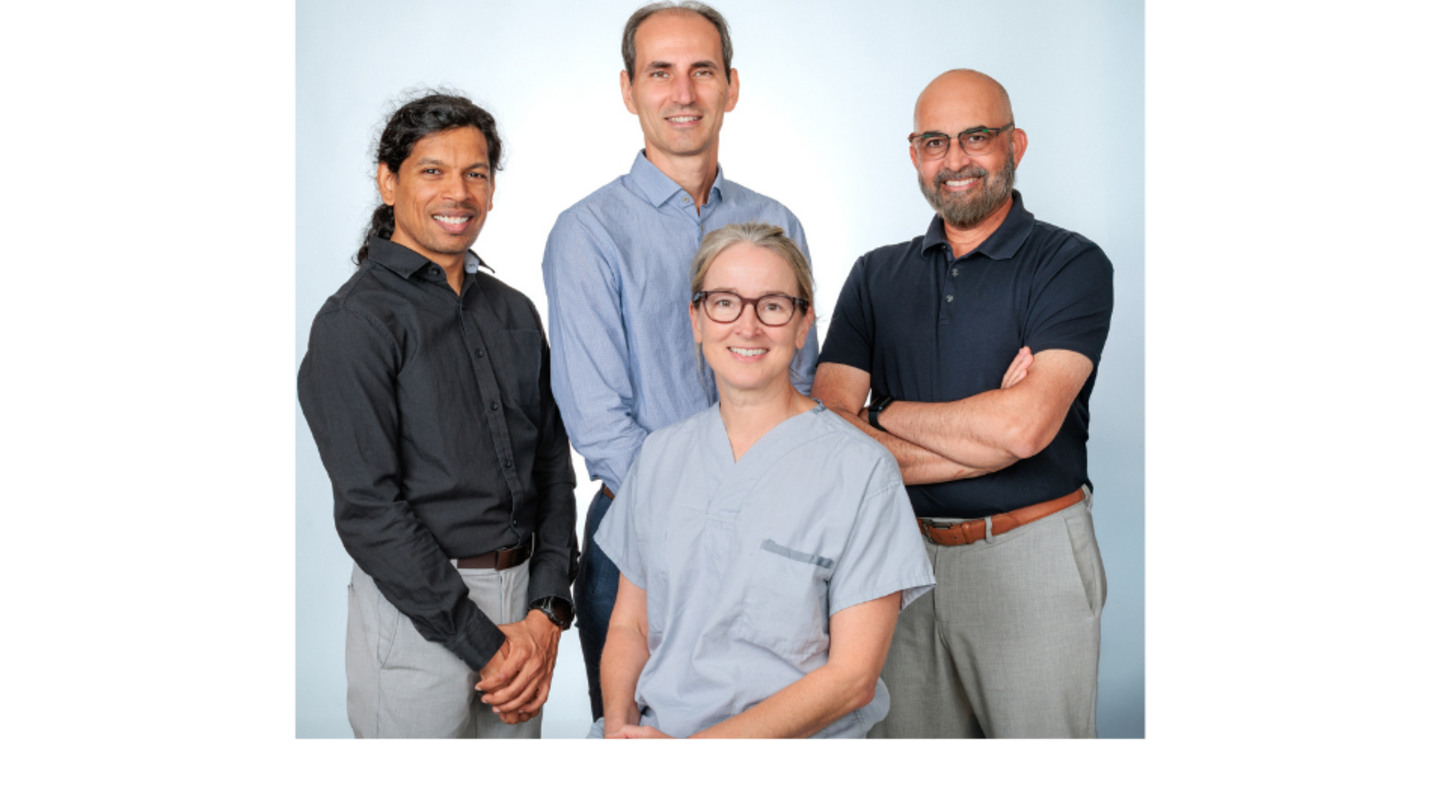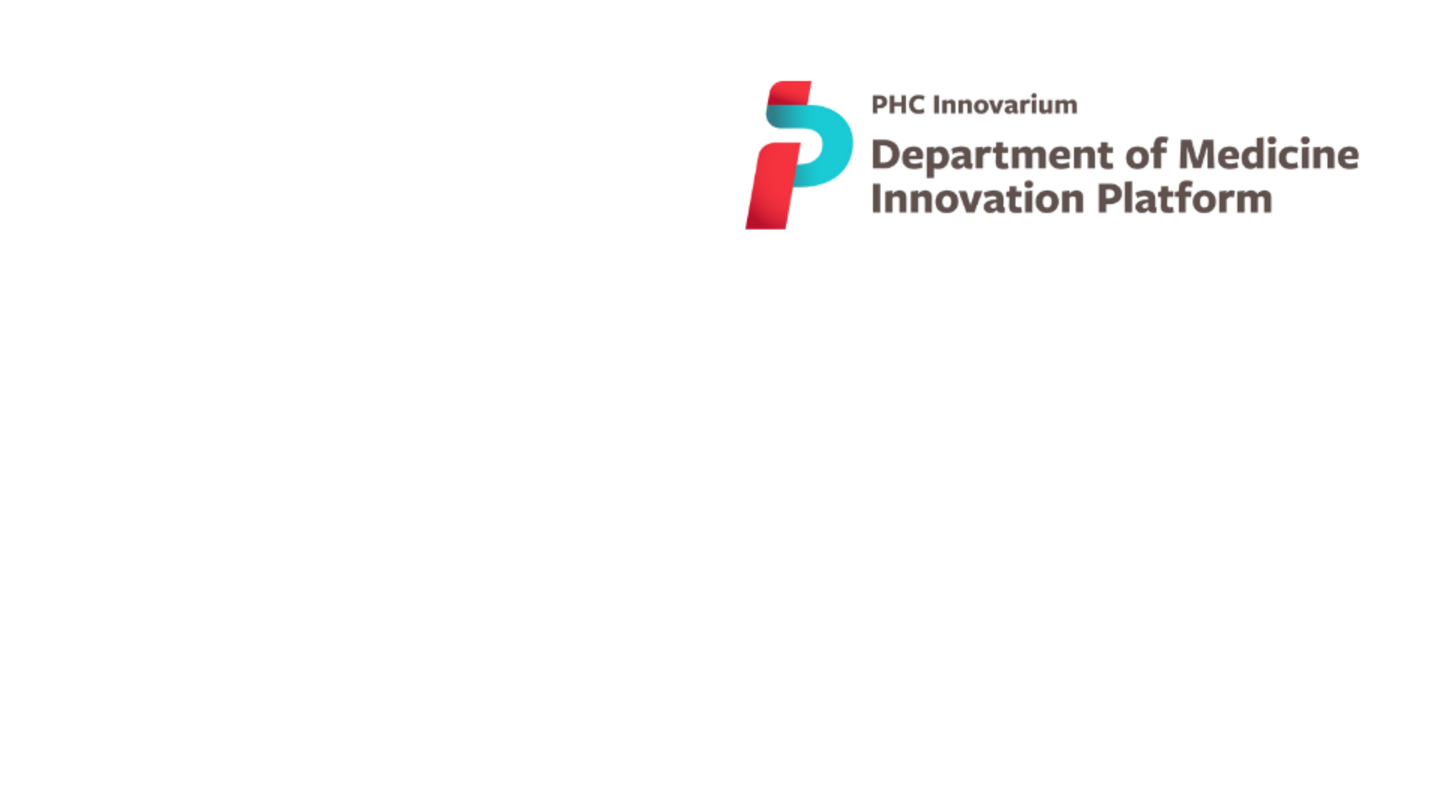The 3 a.m. Solution: How the Lung Nodule Clinic Built Software That Never Sleeps
In an age flooded with promises of AI revolutionizing medicine, this quiet innovation is already changing lives—transforming a late-stage diagnosis into an early, treatable finding.
Impact Innovation | Innovarium

Picture this: It's 3 a.m., and while you're sleeping, a digital detective is already hard at work. Every morning at this hour, a software called "Scan2Screen" methodically combs through hundreds of medical scans from the previous day, hunting for two simple words that could change everything: "lung nodule."
This isn't science fiction—it's happening right now at Providence Health Care (PHC), where a small team has built what might be the future of preventive medicine.
The Problem Nobody Saw Coming
Here's the thing about modern medicine: we've gotten incredibly good at finding problems we weren't looking for. Every day, patients get CT scans for broken ribs, back pain, or chest infections. But buried in those images are often tiny spots on the lungs—nodules that could be early-stage cancer or completely harmless. Think of them as medical question marks that demand an answer.
Before the PHC Lung Nodule Clinic went live, these incidental discoveries were like messages in bottles washing up on a busy shore. Some got noticed, others didn't. Patients would go home, unaware that their scan had revealed something that needed watching. Years later, some would return with advanced cancer that could have been caught early, when treatment is most effective and least invasive.
Dr. Scott Apperley, inspired by an Alberta program that he had experienced during his fellowship, submitted an application to the Department of Medicine Innovation Platform for support. The result is British Columbia's first automated radiology triggered lung nodule clinic (LNC), transforming how we handle these early clues.

Pictured: Dr. Scott Apperley
Building a Better Mousetrap
The initial solution was developed in 2023 with a straightforward mission: catch potentially dangerous lung nodules before they become life-threatening cancers. The team worked with radiologists to create clear rules about which nodules needed attention—size, growth rate, suspicious features. It was systematic, organized, and initially successful.
The system required radiologists to manually initiate referrals to the LNC, which created an additional step in an already complex workflow. As caseloads grew, some cases inadvertently went unreferred despite the radiologists' diligence. The very problem they were trying to solve—missed opportunities—was still occurring, not due to oversight, but due to process limitations.
This required a rethink and the need for further innovation...
Enter the Digital Detective
Starting in 2024, the LNC project team partnered with PHC's Software Engineering team to address the workflow bottleneck problem. Their solution focused on streamlining the referral process: rather than relying on manual, multi-step procedures, why not automate the administrative components once a radiologist identifies a concerning scan?
Scan2Screen was born—a homegrown software solution that never sleeps, never gets distracted, and never forgets. Every morning at 3 a.m., it scans every CT and MRI report from the previous day, searching for mentions of lung nodules. When it finds one, it automatically sends notifications to the Lung Nodule Clinic. A referral gets started, consultations get scheduled (often virtually), and patients get the follow-up they need.
It's like having a tireless assistant who has a knack for catching everything.

Left to right: Sam BaskarJesudasan, Data Scientist, PHC, Zoltan Bozoky, Director of Software Engineering, Dr. Jen Ellis,Radiologist, and Faisal Aziz, Senior Manager, OSR and Department of Medicine
The Ripple Effect
The numbers tell the story: fewer missed cases, faster referrals, and patients getting answers when treatment is most effective. But the implications go far beyond lung nodules.
Scan2Screen represents something bigger—a glimpse into how automation can solve real-world health care problems without replacing human judgment. The software doesn't diagnose; it simply ensures nothing gets overlooked by streamlining the referral process when radiologists identify concerning findings. Doctors still make all the medical decisions—both in flagging scans and determining treatment—but now they have a digital safety net that makes the workflow more efficient and reliable.
The clinic is also a valuable resource for research projects investigating lung nodules and their behaviour.
The Future Is Automated (And That's Good)
What started as a solution to one clinic's workflow problem has become a model for proactive, technology-enhanced care. The Lung Nodule Clinic proves that sometimes the most powerful innovations aren't flashy new treatments or expensive equipment—they're clever applications of existing technology that eliminate human error and ensure consistent care.
As health care systems worldwide grapple with staffing shortages and increasing patient volumes, PHC’s approach offers a roadmap: identify the gaps, design solutions, and let technology handle routine tasks so humans can focus on what they do best—caring for patients.
In an age flooded with promises of AI revolutionizing medicine, this quiet innovation is already changing lives—transforming a late-stage diagnosis into an early, treatable finding. One 3 a.m. scan at a time, patients are given a second chance before they even know they need one.
The Department of Medicine Innovation Platform is the avenue for Department members to address a gap in care at PHC. Initiatives can span divisions, departments and beyond. The DOM Innovation Platform is one of the elements of Innovarium, PHC’s innovation engine. If you are from the Department of Medicine and want to learn how to move your great idea forward, visit the DOM Innovation Platform website.
